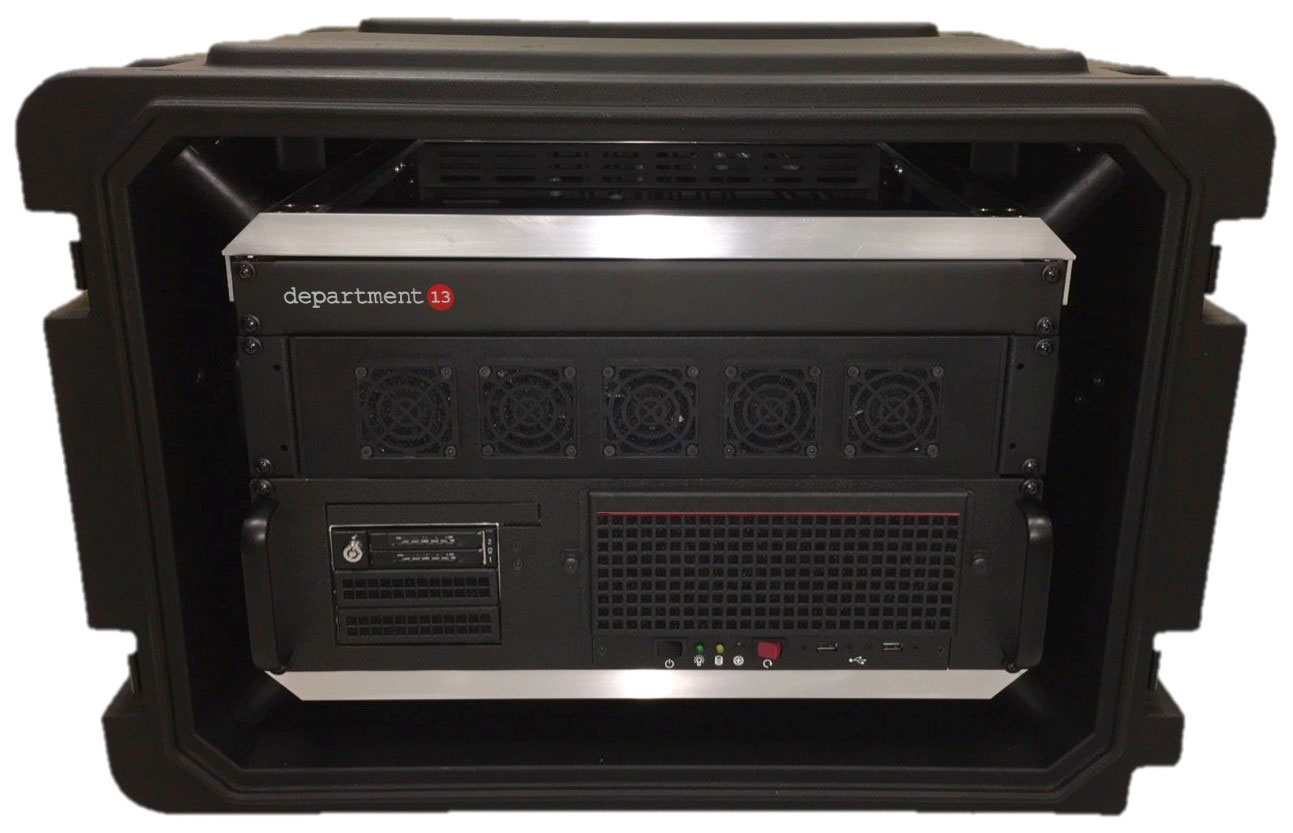Department 13 is trying to make its drone-killing tech undetectable
Tech
Tech
A patent for technology designed to make ASX-listed Department 13’s counter-drone device MESMER invisible to targets was almost kept classified by US authorities.
The patent, titled “Intrusion Detection and Radio Fingerprint Tracking”, was kept in limbo for two years while it underwent a secrecy review and could very well never have seen the light of day.
Department 13 (ASX:D13) boss Jonathan Hunter told Stockhead he eventually had to call for a congressional inquiry, commonly called a “congressional”, to resolve the matter.
“When you apply for a patent and it’s highly technical and there’s some area where they think that they might have to classify the patent, it goes to a secrecy review board,” he said.
“That patent spent two years in that process. Normally that process takes about 60 to 90 days, tops.
“I literally had a congressional, which is to call a US congressman and say ‘look if you’re going to classify it, classify it, if you’re not going to classify it, you need to release it and allow us to start developing it’.”
The patent covers a system that would prevent the owner of a drone from realising D13’s MESMER system had ‘hijacked’ the device using protocol manipulation, which is what it uses to ground target drones.
“What that patent does in layman’s terms, is it allows us to develop a capability that is a counter, or defence, to what we’re doing,” Mr Hunter said.
Smart targeting
Protocol manipulation is the technique that makes Department 13’s counter-drone technology unique, and a step beyond traditional “jamming” which is a scattershot approach to disabling all surrounding devices.
“You’re taking out Bluetooth, you’re taking out wireless keyboards, you’re taking out a lot of other commercial products when you use a jammer,” Mr Hunter said.
Instead, MESMER can target one particular drone — even among a fleet of many — and take over its communications to tell it what to do.

“It’s really interesting to watch people’s face when they see a drone land in the area that you want it to go into. It puts a smile on my face,” Mr Hunter said.
Mr Hunter began working on the technology in 2010, and five years later gave a demonstration to US authorities including representatives from the US Department of Defense and Homeland Security.
“They got excited, because this was about two or three months after a drone landed on the White House,” he said.
The technology was then a prototype. Mr Hunter looked at options with local venture capital firms but eventually chose to list on the ASX instead.
“This is where the Australian investor community can feel proud of themselves,” he said.
“Since we’ve done that, I can proudly say we are an Australian company, we have a subsidiary that’s here in Columbia, Maryland that’s called Department 13 Inc and now we’re up to 26 full time employees … and we’re actually selling the product.
“This all comes from the ASX and the Australian investors that believe in the mission, believe in the company. I’m hoping that that we’re showing them it was a wise investment.”
Department 13 listed in January last year through a reverse takeover of Kunene Resources.
Earlier this year it completed its first sale of MESMER to an Australian customer, which was rumoured to be a government agency.
The company’s shares have traded between 8c and 19c over the past 12 months. It spent $2.5 million in the quarter to June, leaving $4.9 million in cash, and expects to spend $3.6 million in the current quarter.